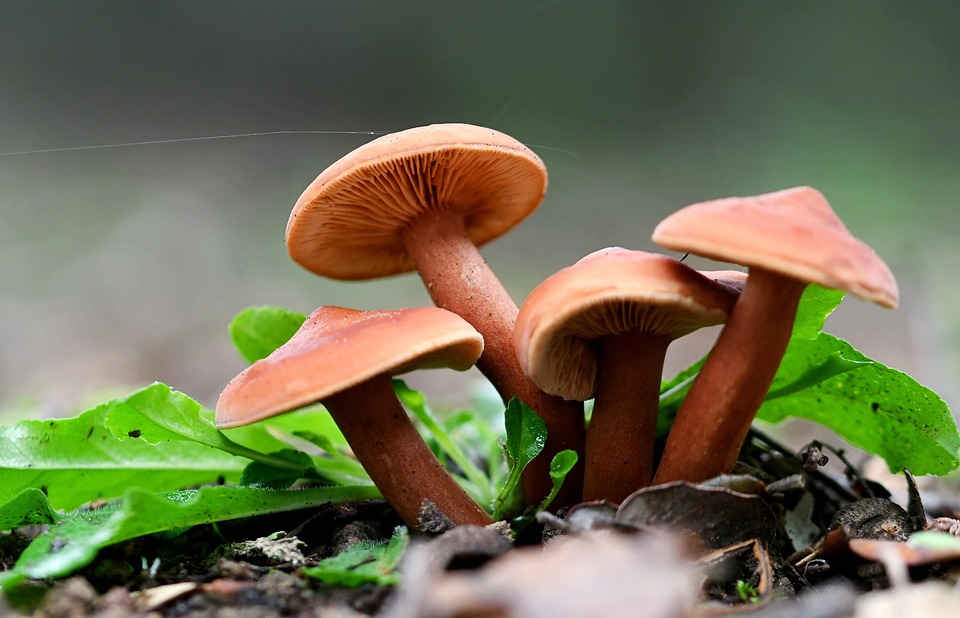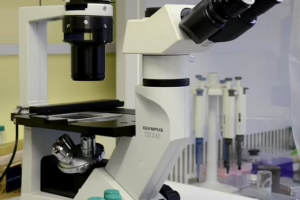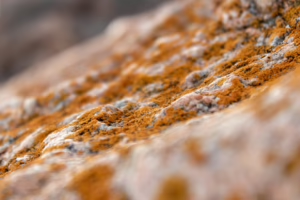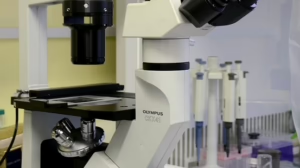The Secret Life of Soil: Understanding the Microbial World Beneath Our Feet
Soil is often overlooked, perceived merely as the earthy foundation beneath our feet. However, this seemingly mundane substance is a complex ecosystem teeming with life and activity. The intricate web of microorganisms that inhabit soil plays a crucial role in sustaining life on Earth. By delving into the hidden realms of soil, we can begin to appreciate its vital functions in our ecosystems, agriculture, and climate regulation.
The Forgotten Heroes: Soil Microorganisms
Soil is home to a vast array of microorganisms, including bacteria, fungi, archaea, protozoa, and nematodes. These tiny organisms, often invisible to the naked eye, are the backbone of soil health and productivity. There can be billions of bacteria and millions of fungi in just a teaspoon of healthy soil. Their diversity and interactions contribute to nutrient cycling, organic matter decomposition, and soil structure formation.
Bacteria: The Nutrient Cyclers
Bacteria are the highly efficient recyclers of the soil ecosystem. They decompose organic matter, breaking down complex molecules into simpler forms, releasing essential nutrients like nitrogen, phosphorus, and potassium in the process. Nitrogen-fixing bacteria, such as Rhizobium, convert atmospheric nitrogen into forms that plants can absorb, playing a vital role in enhancing soil fertility. Their capacity to adapt to diverse conditions makes them essential for sustainable agricultural practices.
Fungi: The Network Builders
Fungi, particularly mycorrhizal fungi, form symbiotic relationships with plant roots, extending their hyphal networks through the soil. This partnership enhances nutrient and water uptake for plants and provides fungi with carbohydrates produced through photosynthesis. This symbiosis is crucial for the health of many ecosystems, enhancing resilience against drought and diseases. Some fungi also help decompose tough organic materials, contributing to soil structure and stability.
Protozoa: The Micro-Predators
Protozoa, single-celled organisms, feed on bacteria and serve as a crucial link in the soil food web. By consuming bacteria, they help regulate bacterial populations and contribute to nutrient cycling. Their excretion process releases nutrients that plants can readily use, making protozoa key players in soil fertility.
Soil Health and Biodiversity
Soil health is often viewed through the lens of physical and chemical properties, yet biological diversity is equally significant. Healthy soils are alive with diverse microorganisms that contribute to their resilience and functionality. Practices that promote soil biodiversity—such as crop rotation, cover cropping, and reduced tillage—can enhance microbial communities, ultimately leading to more sustainable agricultural systems.
The Impact of Modern Agriculture
Intensive farming practices, including monoculture and over-reliance on chemical fertilizers and pesticides, can disrupt soil microbial communities. Such practices can lead to a decline in soil fertility, increased erosion, and loss of biodiversity. Recognizing the importance of the microbial world beneath our feet is crucial for developing sustainable practices that preserve soil health for future generations.
Soil and Climate Change
The role of soil in climate change mitigation is becoming increasingly recognized. Healthy soils can act as carbon sinks, sequestering carbon dioxide from the atmosphere and helping to regulate climate. Practices that enhance soil organic matter, such as cover cropping and agroforestry, not only improve soil health but also contribute to carbon sequestration. By understanding the microbial life within the soil, we can implement strategies that strengthen ecosystems and combat climate change.
Conclusion: A Call to Action
The secret life of soil is a dynamic and intricate world that holds the key to our planet’s health and sustainability. Understanding and preserving the microbial communities within our soils is vital for ensuring food security, mitigating climate change, and maintaining biodiversity. As stewards of the land, we must champion practices that nourish and protect this underground universe. By recognizing the value of soil and its microbial inhabitants, we can cultivate a healthier future for ourselves and our planet. Let’s dig deeper—because what lies beneath our feet is not just dirt; it’s the foundation of life itself.
[modern_footnote_source_link]


























Add Comment